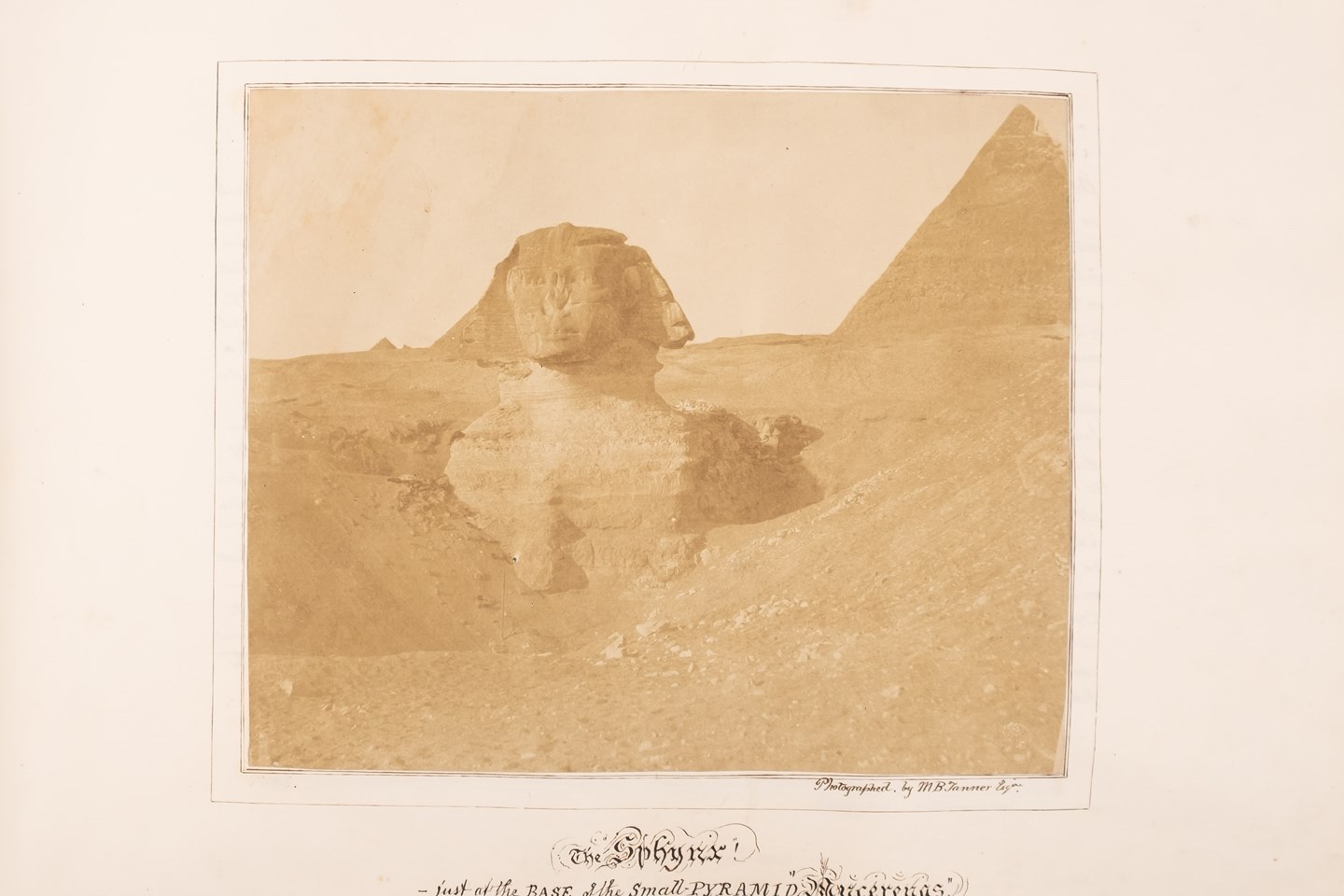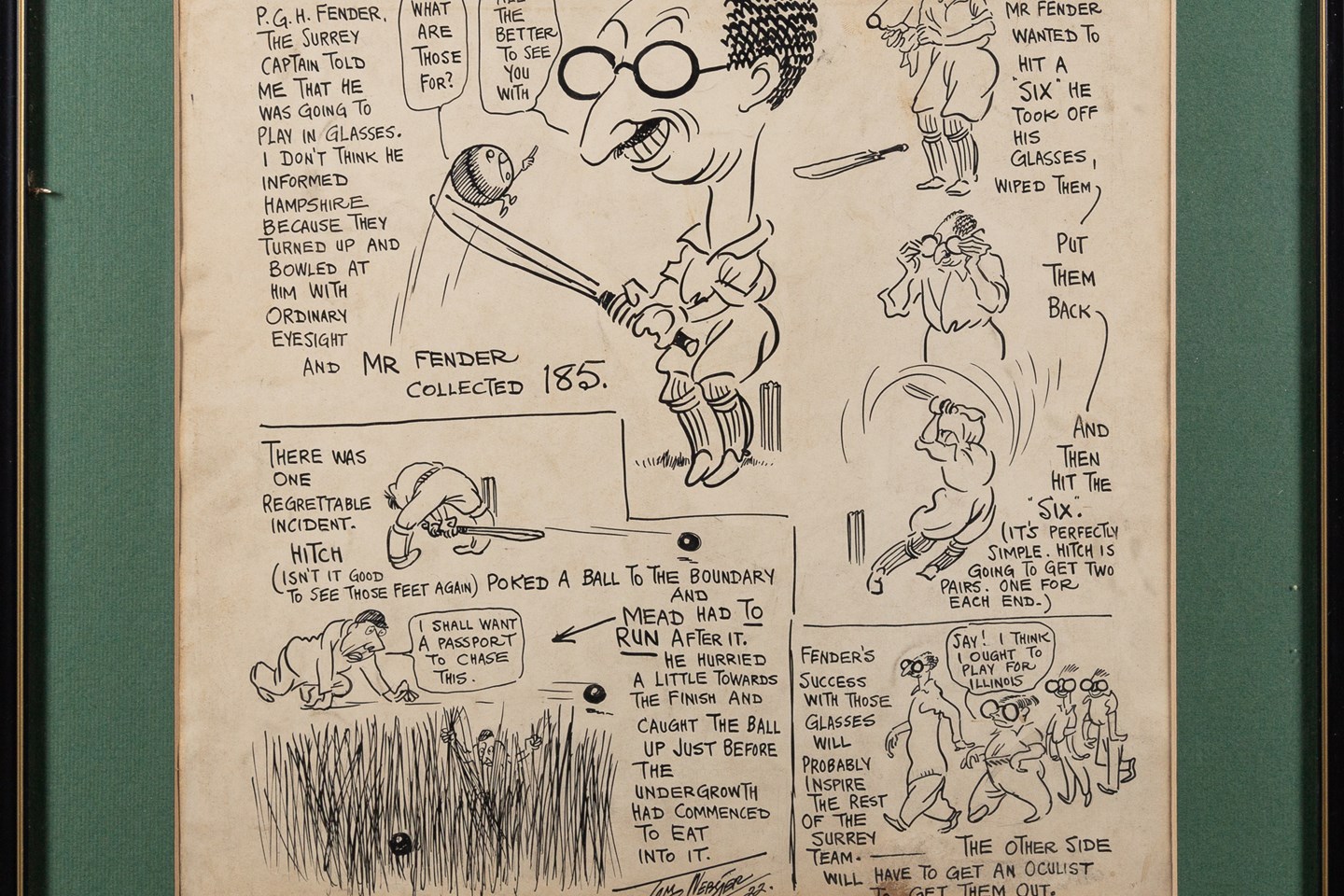Stealing the spotlight in our Antiquarian Books, Maps & Prints auction on the 5th December is Lot 1014 a meticulously crafted album entitled "The Ramblings and Adventures of an Indian Officer." Written by Mark Batt Tanner upon his retirement from the Bombay Army in 1856, it stands as a testament to the vivid experiences of an individual navigating the landscapes of India and Egypt between 1852 and 1885.
The album contains over 150 original watercolours, rare early photographs, and handwritten explorations. Executed by Mark Batt Tanner and later restored by his brother, Lt. Col. Albert Tanner, the album unveils a captivating journey through time, providing a unique window into the life of a British officer during the height of colonialism.
The visual narrative is punctuated by approximately 50 albumen print photographs, capturing moments frozen in time by M. B. Tanner himself. Among these, the earliest date back to 1851, showcasing Cairo and the desolate beauty of the Egyptian desert. Noteworthy is a series depicting Alexandria before and after a 10.5-hour Royal Naval bombardment—an unsettling but historically significant portrayal.
The album spans continents, offering topographical photographic views of Egypt, India, Madeira, Port Said, and the Suez Canal. Of particular interest is a photograph showcasing 'The Lord of the Plains,' the largest surviving piece of medieval artillery, weighing an impressive 55 tons and with a battle-worn history.
Royalty and culture intertwine in the album, with striking early portrait photographs of the Ranee of Bhopal and enigmatic Egyptian beauties captured in the act of pipe-smoking. These images serve as visual relics, frozen moments of a bygone era.
The watercolors, a blend of artistry and meticulous observation, reveal landscapes, forts, river crossings, and temples with architectural precision. Unframed and untouched for 170 years, they retain a vibrancy that defies the passage of time, offering a rare glimpse into the artistic prowess of officers trained in draughtsmanship.
Beyond its artistic allure, the album unveils a tapestry of anecdotes—from mess life and promotions to theatrical skits and a harrowing encounter with a tiger. It transcends a mere record of military service, becoming a documentary mosaic of an individual's life in a pivotal period of British colonial history.
Perhaps most touching is the homage paid by Albert Tanner to his brother's legacy. The painstaking restoration, remounting, and integration of diary excerpts into the album are a labour of love, ensuring that this historical treasure endures.
As the album emerges into the public sphere, it beckons to collectors— those with an affinity for Indian history and early photography alike. However, the prospect of it being dispersed among different collectors looms large, potentially breaking up this remarkable testament to a bygone era. One cannot help but wonder if such a treasure deserves a broader stage, a documentary series that could bring its stories to life. A historical gem worthy of a cinematic exploration.





